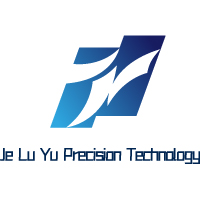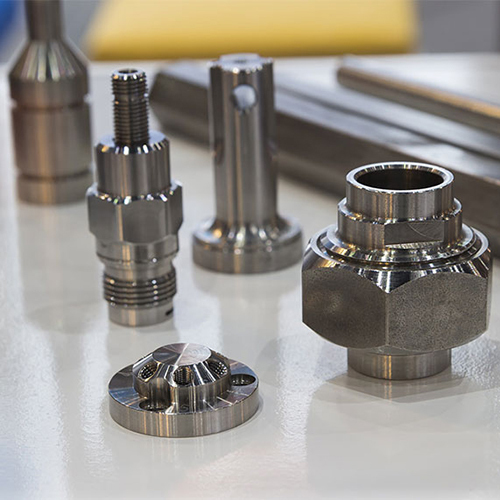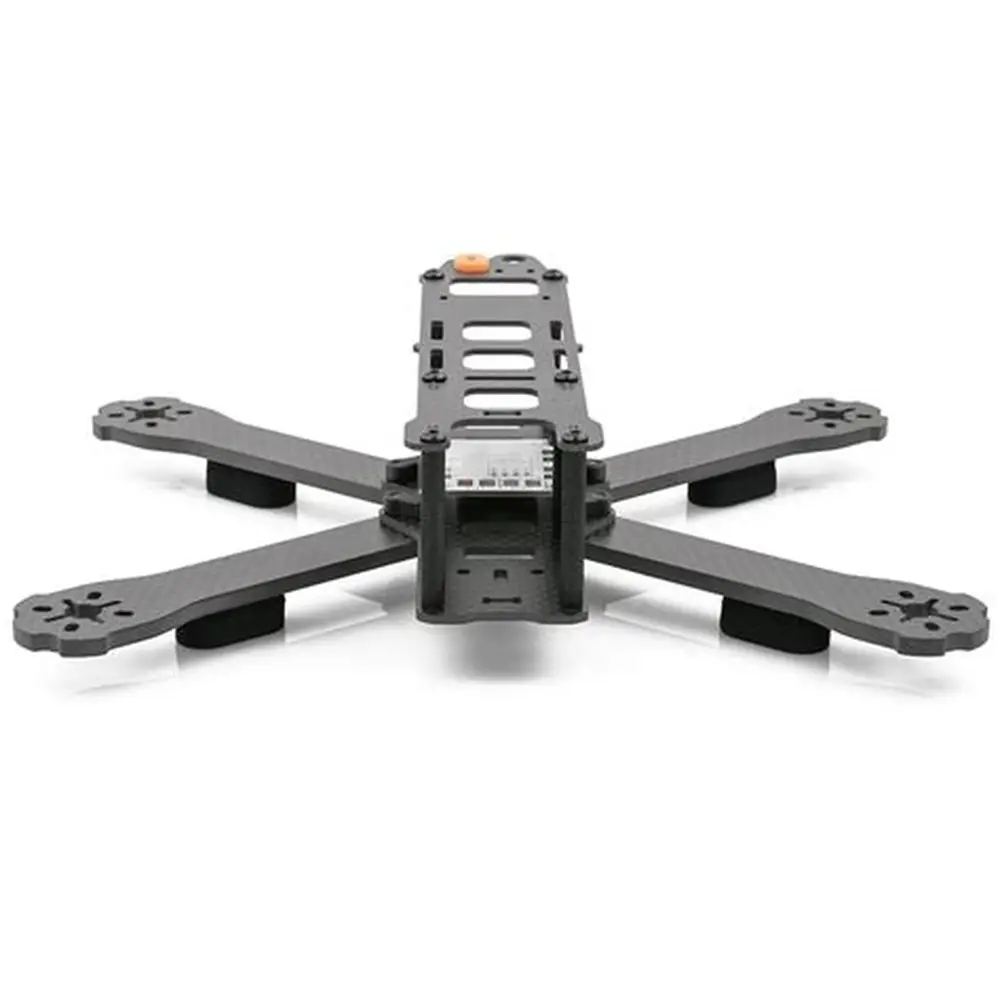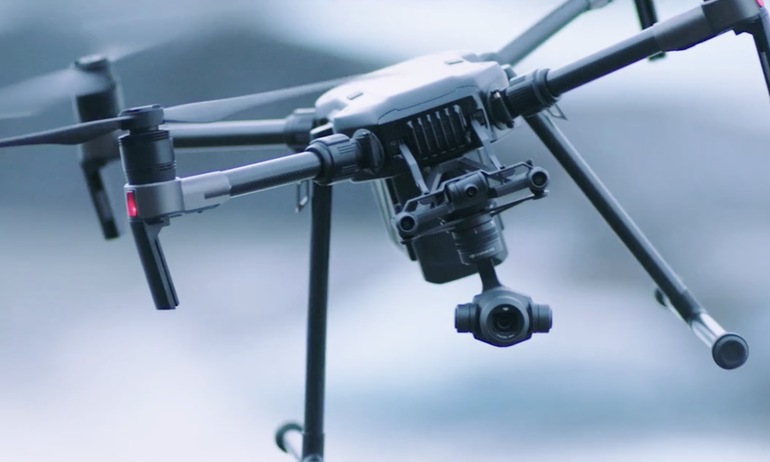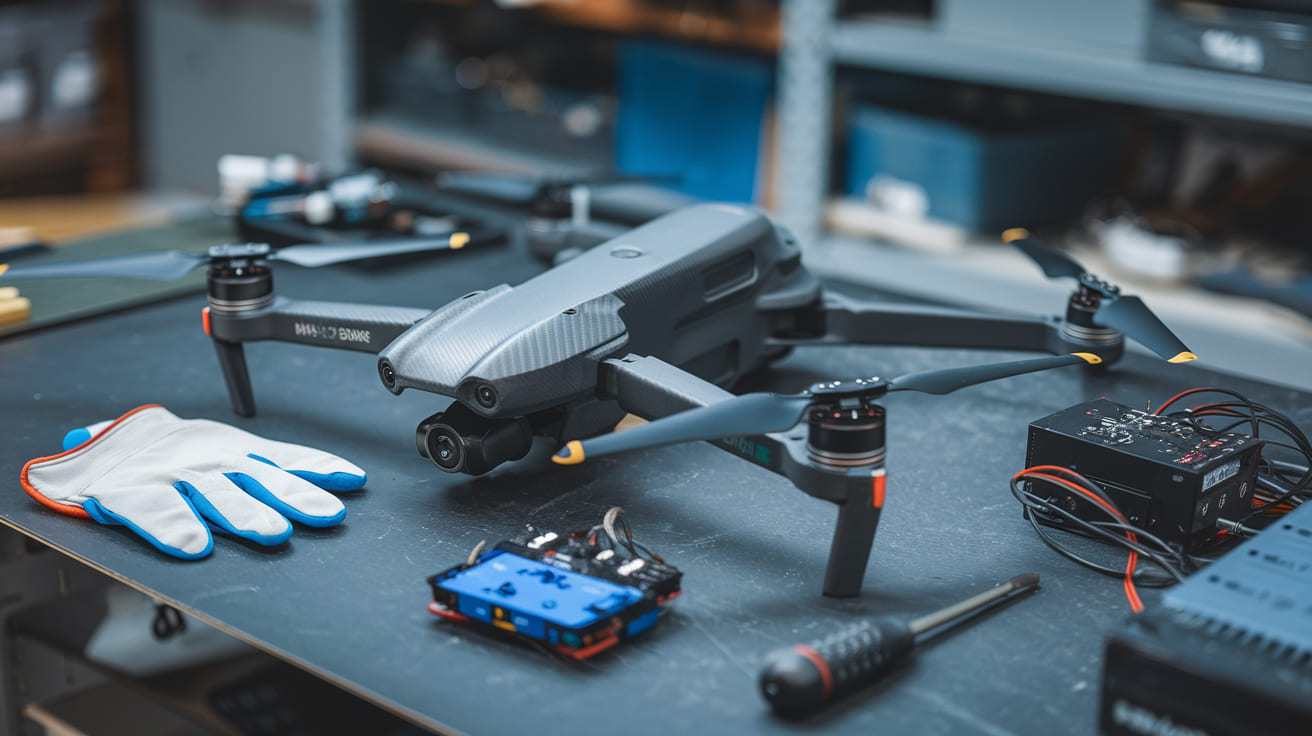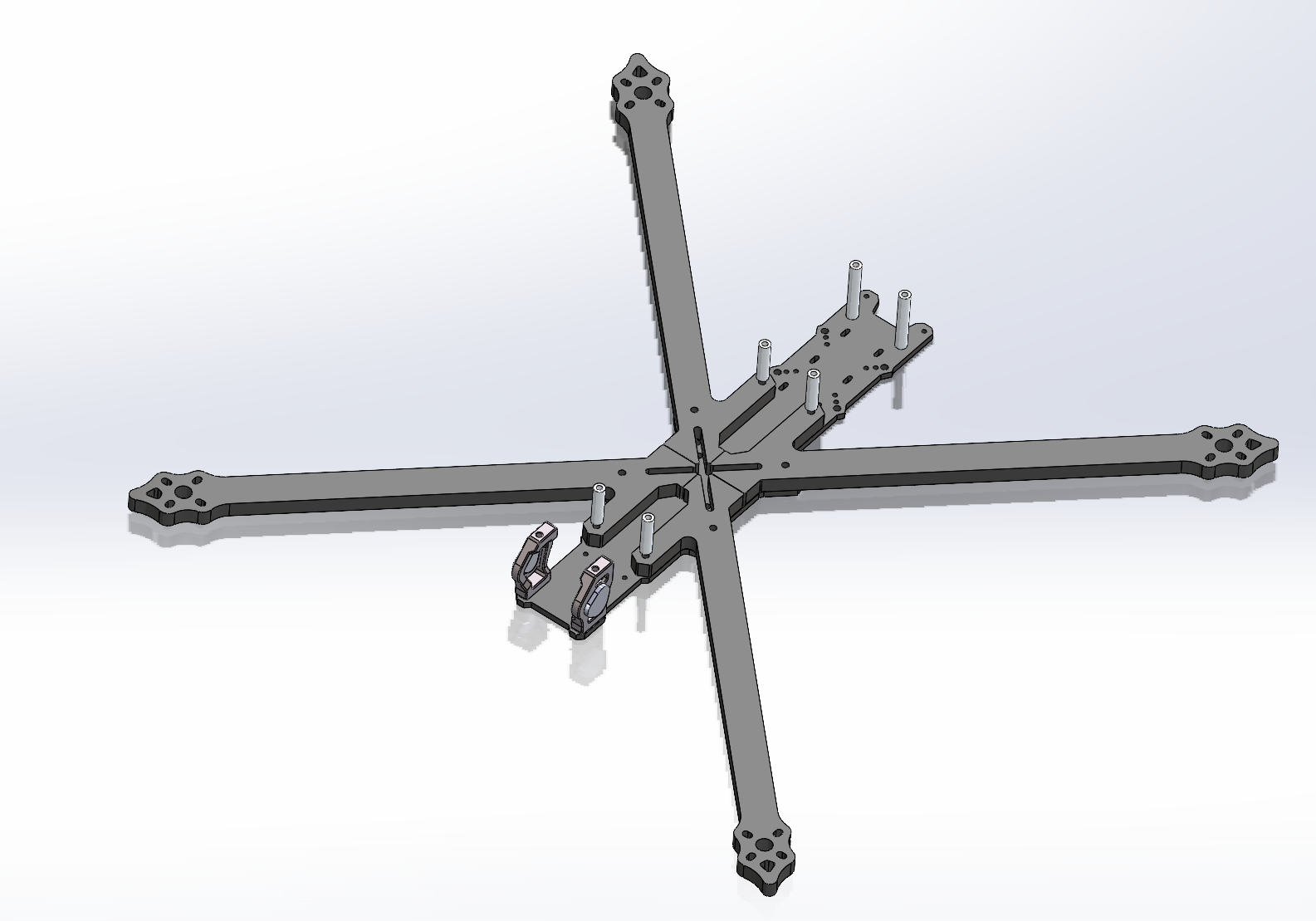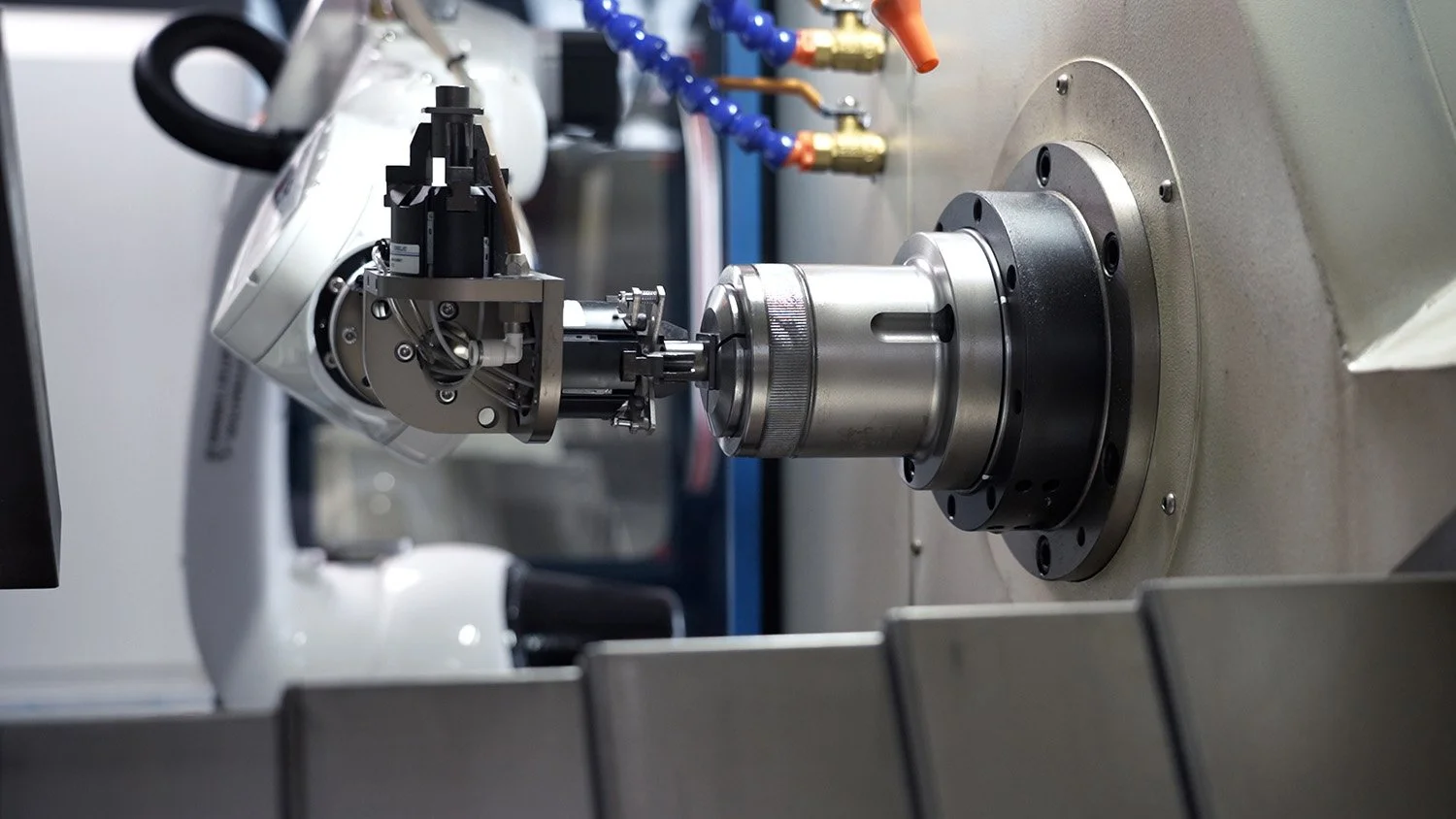Precision Surface Treatment for CNC Parts: Enhancing Performance Through Advanced Finishing Technologies
Introduction to Precision Surface Treatment
Precision surface treatment represents the critical intersection between manufacturing excellence and material science, where CNC-machined components undergo specialized finishing processes to achieve exceptional functional and aesthetic properties. In the world of high-precision manufacturing, the surface condition of components often determines their performance, longevity, and reliability in demanding applications. As industry requirements become increasingly stringent, advanced surface finishing technologies have evolved from optional enhancements to essential manufacturing steps that separate adequate components from exceptional ones.
The global market for precision surface treatment continues to expand significantly, with recent market analysis indicating the sector reached $2.94 billion in 2024 and is projected to grow to $5.09 billion by 2031, representing a robust 7.8% compound annual growth rate. This growth is driven by escalating demands from aerospace, medical device, automotive, and electronics industries for components that deliver both superior performance and exceptional reliability.
The Critical Relationship Between CNC Machining and Surface Finishing
Why Precision Surface Treatment Matters
CNC machining produces components with excellent dimensional accuracy, but the machining process itself leaves characteristic surface features that may compromise performance:
-
Tool Marks and Lay Patterns: Visible machining patterns that can initiate stress concentrations
-
Microstructural Alterations: Heat-affected zones and deformed material layers
-
Surface Residual Stresses: Both beneficial compressive and detrimental tensile stresses
-
Microscopic Imperfections: Tiny cracks, pits, and inclusions that serve as failure initiation sites
Precision surface treatments address these issues through controlled processes that modify surface properties without compromising dimensional accuracy.
The Value Proposition of Precision Surface Treatment
Implementing appropriate surface treatments delivers measurable benefits:
Table: Performance Improvements Through Precision Surface Treatment
| Performance Characteristic | Improvement Range | Key Applications |
|---|---|---|
| Fatigue Strength | 30-300% | Aerospace components, automotive springs |
| Wear Resistance | 200-1000% | Cutting tools, bearing surfaces |
| Corrosion Resistance | 500-5000% (hours to failure) | Marine components, medical implants |
| Friction Reduction | 30-70% coefficient reduction | Moving assemblies, sliding components |
| Hydrophobicity/Oleophobicity | Contact angle increases of 50-120° | Medical devices, consumer electronics |
Advanced Precision Surface Treatment Technologies
1. Mechanical Surface Treatments
Mechanical processes use controlled deformation or material removal to enhance surface properties:
Shot Peening
Shot peening bombards surfaces with spherical media to induce compressive residual stresses:
-
Process Parameters: Media size (0.1-2.0 mm), material (glass, ceramic, steel), intensity (Almen intensity 4A-16A)
-
Benefits: Improved fatigue life, stress corrosion cracking resistance
-
Applications: Aerospace components, automotive springs, gear teeth
Laser Shock Peening
Laser shock peening uses high-energy laser pulses to create plasma-induced shock waves:
-
Process Parameters: Power density (1-10 GW/cm²), pulse duration (10-30 ns)
-
Benefits: Deeper compressive stresses than conventional peening, minimal cold working
-
Applications: Turbine blades, nuclear components, critical aerospace structures
Abrasive Flow Machining
Abrasive flow machining uses viscous media to precision-polish internal passages and complex geometries:
-
Process Parameters: Media viscosity, extrusion pressure, number of cycles
-
Benefits: Uniform surface finishing, edge radiusing, deburring of complex channels
-
Applications: Fuel injectors, hydraulic manifolds, mold cavities
2. Thermochemical Surface Treatments
These processes modify surface chemistry through controlled thermal and chemical interactions:
Plasma Nitriding
Plasma nitriding uses glow discharge technology to diffuse nitrogen into surfaces:
-
Process Parameters: Temperature (350-600°C), gas mixture, treatment time (2-48 hours)
-
Benefits: High hardness without dimensional change, excellent wear and fatigue resistance
-
Applications: Precision gears, injection molds, surgical instruments
Low-Temperature Plasma Carburizing
Plasma carburizing at low temperatures prevents distortion while enhancing surface properties:
-
Process Parameters: Temperature (350-450°C), gas composition, pressure (1-10 mbar)
-
Benefits: Superior hardness maintenance at elevated temperatures, minimal distortion
-
Applications: Precision components requiring dimensional stability
3. Vapor Deposition Technologies
Thin film deposition creates surfaces with exceptional properties:
Physical Vapor Deposition (PVD)
PVD processes create ultra-hard, wear-resistant coatings:
Table: PVD Coating Comparison for Precision Components
| Coating Type | Hardness (HV) | Friction Coefficient | Maximum Service Temperature | Best Applications |
|---|---|---|---|---|
| TiN (Titanium Nitride) | 2300-2400 | 0.4-0.6 | 600°C | Cutting tools, injection molds |
| TiCN (Titanium Carbonitride) | 3000-3200 | 0.3-0.5 | 750°C | High-wear precision components |
| TiAlN (Titanium Aluminum Nitride) | 3200-3500 | 0.4-0.6 | 900°C | High-temperature cutting tools |
| CrN (Chromium Nitride) | 1800-2200 | 0.4-0.6 | 700°C | Corrosion-resistant applications |
| DLC (Diamond-Like Carbon) | 2000-4000 | 0.05-0.20 | 300-600°C | Low-friction, high-wear applications |
Chemical Vapor Deposition (CVD)
CVD processes offer exceptional coating uniformity and adhesion:
-
Process Parameters: Temperature (800-1100°C), pressure (1-500 mbar), precursor gases
-
Benefits: Excellent throwing power, uniform coating on complex geometries
-
Applications: Cemented carbide tools, wear components, high-temperature applications
4. Electrochemical and Chemical Processes
These treatments modify surfaces through controlled chemical reactions:
Electropolishing
Electropolishing anodically dissolves surface material to produce exceptional smoothness:
-
Process Parameters: Current density (10-50 A/dm²), temperature (50-80°C), time (5-20 minutes)
-
Benefits: Micrometer-level material removal, improved corrosion resistance, deburring
-
Applications: Medical implants, fluid handling systems, high-purity components
Chemical Mechanical Polishing (CMP)
CMP combines chemical softening with mechanical abrasion for ultra-smooth surfaces:
-
Process Parameters: Slurry chemistry, pressure, rotational speed
-
Benefits: Atomic-level surface flatness, defect-free surfaces
-
Applications: Semiconductor wafers, optical components, precision mechanical parts
Material-Specific Precision Surface Treatments
Aluminum and Aluminum Alloys
Table: Precision Surface Treatments for Aluminum Components
| Treatment Process | Typical Thickness | Surface Hardness (HV) | Key Benefits | Ideal Applications |
|---|---|---|---|---|
| Hard Anodizing (Type III) | 25-100 μm | 350-600 | Excellent wear and corrosion resistance | Aerospace components, hydraulic parts |
| Plasma Electrolytic Oxidation | 50-200 μm | 800-2000 | Extreme hardness, thermal stability | Automotive components, heat exchangers |
| Micro-arc Oxidation | 10-100 μm | 400-1500 | High adhesion strength, electrical insulation | Electronic enclosures, architectural components |
| Thin-Film Hardcoat Anodizing | 5-25 μm | 300-450 | Dimensional stability, electrical properties | Precision mechanisms, optical mounts |
Stainless Steels and High-Alloy Materials
Table: Advanced Surface Treatments for Stainless Steels
| Treatment Process | Case Depth | Surface Hardness (HV) | Corrosion Resistance | Best Applications |
|---|---|---|---|---|
| Low-Temperature Plasma Nitriding | 20-100 μm | 1000-1400 | Maintains stainless properties | Medical instruments, food processing |
| Ferritic Nitrocarburizing | 10-30 μm | 800-1200 | Good corrosion resistance | Automotive components, hydraulic parts |
| Passivation + PVD Coating | 1-5 μm | 1800-3500 | Excellent corrosion resistance | Surgical implants, marine components |
| Electropolishing + Chemical Passivation | 0.1-5 μm removal | Base material | Maximum corrosion resistance | Pharmaceutical equipment, high-purity systems |
Titanium and Titanium Alloys
Table: Precision Surface Treatments for Titanium Components
| Treatment Process | Modified Layer | Surface Hardness (HV) | Key Advantages | Primary Applications |
|---|---|---|---|---|
| Oxygen Diffusion Hardening | 20-100 μm | 700-900 | Graded properties, no coating delamination | Biomedical implants, aerospace components |
| Plasma Electrolytic Oxidation | 10-150 μm | 400-800 | Bioactive surface, improved wear resistance | Orthopedic and dental implants |
| Low-Temperature PVD Coating | 1-5 μm | 2000-3500 | Low friction, high wear resistance | Moving assemblies, surgical tools |
| Anodic Oxidation | 0.5-5 μm | 300-500 | Colored markings, mild wear improvement | Consumer electronics, architectural details |
Quality Control and Metrology for Precision Surface Treatment
Surface Topography Measurement
Advanced metrology techniques characterize treated surfaces:
-
White Light Interferometry: Non-contact 3D surface mapping with nanometer vertical resolution
-
Atomic Force Microscopy: Atomic-level resolution for research and development applications
-
Confocal Microscopy: High-resolution optical profiling with excellent vertical resolution
-
Scanning Electron Microscopy: Ultra-high magnification imaging of surface features
Mechanical Properties Evaluation
Specialized testing methods evaluate surface mechanical properties:
-
Nanoindentation: Measures hardness and modulus of thin surface layers with nanometer resolution
-
Scratch Testing: Evaluates coating adhesion and fracture resistance under controlled loading
-
Tribological Testing: Measures friction and wear characteristics under simulated service conditions
-
Residual Stress Analysis: X-ray diffraction techniques measure surface stress states
Performance Validation Testing
Accelerated testing predicts service performance:
-
Salt Spray Testing: ASTM B117 evaluation of corrosion resistance
-
Taber Abrasion: ASTM D4060 standardized wear resistance measurement
-
Cyclic Corrosion Testing: Simulates real-world environmental conditions
-
Rotating Beam Fatigue: ASTM E466 fatigue performance assessment
Industry Applications and Case Studies
Case Study 1: Aerospace Turbine Blade Surface Enhancement
Challenge: Improve high-cycle fatigue performance of titanium turbine blades by 50% while maintaining dimensional stability and airfoil profile within ±5μm.
Solution: Implemented laser shock peening on critical stress concentration areas followed by low-temperature PVD TiAlN coating on leading edges for erosion resistance. The process included custom fixturing to maintain precise dimensional control during treatment.
Results: Achieved 127% improvement in fatigue life while maintaining all critical dimensions within ±3μm. The treated blades demonstrated 400% improvement in erosion resistance, extending service intervals and reducing maintenance costs. The solution received certification for use in next-generation turbine engines.
Case Study 2: Medical Implant Surface Optimization
Challenge: Enhance osseointegration of titanium spinal implants while maintaining precision-machined thread profiles and achieving FDA approval for clinical use.
Solution: Developed multi-stage surface treatment process including electropolishing for micron-level precision, acid etching for macro-roughness, and nanostructured hydroxyapatite coating via pulsed laser deposition. The process included rigorous validation and documentation for regulatory submission.
Results: Achieved 85% improvement in bone-implant contact area in preclinical studies while maintaining all functional dimensions within ±2μm. The treatment received FDA 510(k) clearance and has been successfully implemented in over 15,000 clinical cases with significantly improved patient outcomes.
Case Study 3: Automotive Fuel Injection Component Performance Enhancement
Challenge: Reduce friction and wear in high-pressure diesel injector components to improve fuel efficiency and meet new emissions standards.
Solution: Implemented precision grinding followed by ultrasonic cavitation peening and DLC coating on critical sliding surfaces. The process included development of specialized masking techniques to protect precision orifices and non-treated areas.
Results: Achieved 65% reduction in friction coefficients and 300% improvement in wear resistance. Treated components enabled 3.5% improvement in fuel efficiency and helped the manufacturer meet Euro 7 emissions standards ahead of schedule.
Implementing Precision Surface Treatments: Technical Considerations
Design for Surface Treatment
Successful implementation requires early consideration of surface treatment requirements:
-
Geometry Limitations: Some processes have line-of-sight limitations or require specific geometries
-
Masking Requirements: Areas requiring protection from treatment must be designed for effective masking
-
Stress Relief: Thermal processes may require stress relief cycles to prevent distortion
-
Dimensional Allowances: Treatments adding significant thickness require dimensional compensation
Process Selection Methodology
Systematic approach to selecting appropriate surface treatments:
-
Performance Requirements Analysis: Define specific functional needs (wear, corrosion, fatigue, etc.)
-
Material Compatibility Assessment: Evaluate base material constraints and interactions
-
Geometric Feasibility Study: Determine technical feasibility for component geometry
-
Economic Viability Analysis: Balance performance benefits against cost implications
-
Validation Testing Planning: Develop appropriate test protocols to verify performance
Quality Assurance Systems
Robust quality systems ensure consistent results:
-
Statistical Process Control: Monitoring and controlling critical process parameters
-
First Article Inspection: Comprehensive validation of initial production runs
-
Batch Traceability: Complete documentation of process parameters and material history
-
Continuous Improvement: Regular review and optimization of treatment processes
Future Trends in Precision Surface Treatment
Emerging Technologies
Several advanced technologies show promise for future applications:
-
Nanostructured Surface Engineering: Controlled creation of nanoscale surface features for enhanced properties
-
Hybrid Surface Treatments: Combining multiple processes for synergistic effects
-
Digital Twin Technology: Virtual process optimization before physical implementation
-
AI-Optimized Surface Design: Machine learning algorithms predicting optimal surface treatments
Sustainability Developments
Environmental considerations driving process innovations:
-
Green Chemistry Approaches: Reduced environmental impact of chemical processes
-
Energy-Efficient Technologies: Lower energy consumption in thermal processes
-
Waste Reduction Strategies: Closed-loop systems and reduced consumable usage
-
Longer Service Life: Reduced replacement frequency through enhanced durability
Industry 4.0 Integration
Digitalization of surface treatment processes:
-
IoT-Enabled Equipment: Real-time monitoring and adjustment of process parameters
-
Predictive Maintenance: AI-driven equipment maintenance scheduling
-
Digital Process Documentation: Complete digital records of treatment parameters
-
Automated Quality Control: Machine vision and AI for defect detection
Conclusion: The Strategic Value of Precision Surface Treatment
Precision surface treatment has evolved from a secondary manufacturing consideration to a critical technology that fundamentally enhances component performance and reliability. The selection and implementation of appropriate surface treatments require sophisticated understanding of materials science, process technologies, and application requirements.
As manufacturing continues to advance toward ever-higher levels of precision and performance, surface treatment technologies will play an increasingly vital role in enabling these advancements. The future will see greater integration between design, manufacturing, and surface treatment, with digital technologies enabling unprecedented levels of optimization and control.
For manufacturers seeking competitive advantage through enhanced product performance, partnering with experts in precision surface treatment provides access to specialized knowledge and technologies that can significantly impact product success in the marketplace.
By understanding the technologies, applications, and considerations outlined in this guide, engineers and manufacturers can make informed decisions about precision surface treatments for their specific applications, ensuring optimal results and maximum value from their manufacturing investments.
For specific applications or to discuss your precision surface treatment requirements, please contact our technical team for personalized assistance and process recommendations: https://www.jlypt.com/anodizing-near-me-surface-finishing-services/
